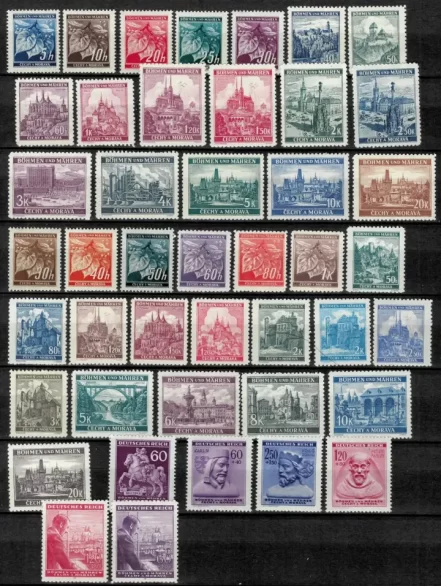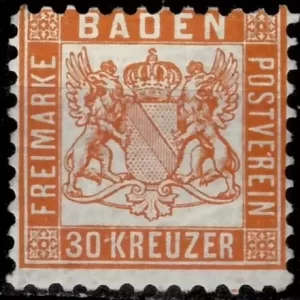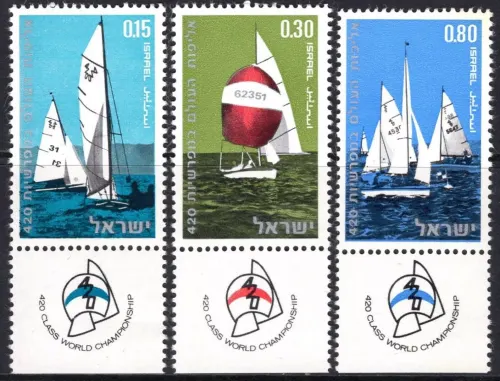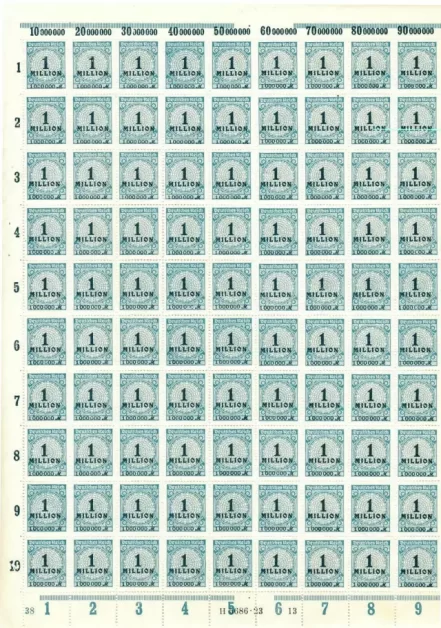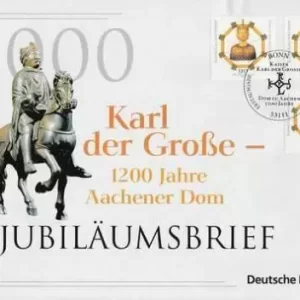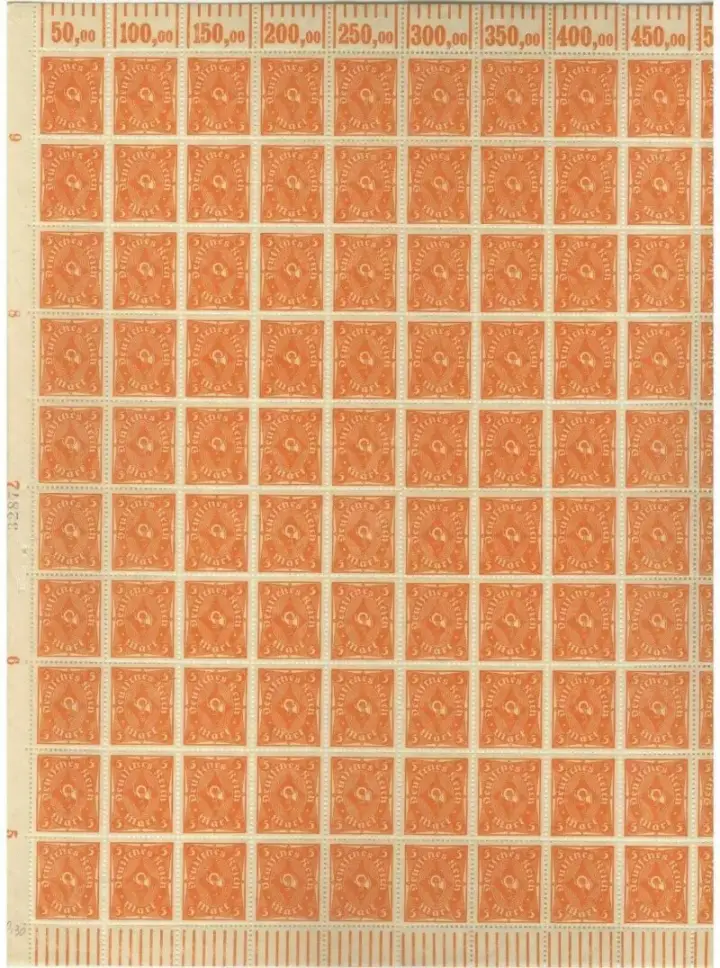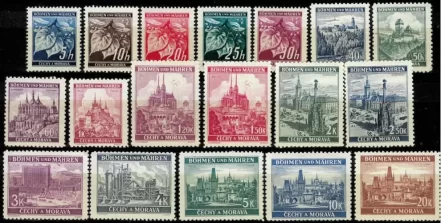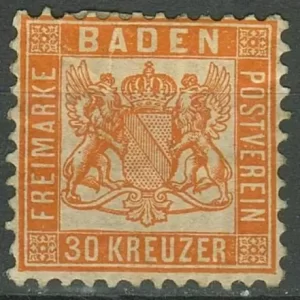German occupation of Czechoslovakia year 1939/44 ☀ Mint never hinged (**)stamps
The German occupation of Czechoslovakia in 1939 was a significant event leading up to World War II. Following the Munich Agreement in 1938, which allowed Nazi Germany to annex the Sudetenland (a predominantly German-speaking region of Czechoslovakia), tensions escalated. In March 1939, Hitler broke the Munich Agreement by invading and occupying the remaining Czech lands of Bohemia and Moravia, effectively dissolving Czechoslovakia as an independent state.
The occupation was brutal, marked by suppression of Czech culture, political repression, and economic exploitation. Czechoslovakia’s industrial infrastructure was seized and integrated into the German war machine. The Czech population faced discrimination and persecution, and many were conscripted for forced labor in Germany.
Resistance to the occupation varied, with some individuals and groups engaging in acts of sabotage, espionage, and underground resistance. One notable event was the assassination of Reinhard Heydrich, a high-ranking Nazi official and one of the architects of the Holocaust, by Czech resistance fighters in 1942.
The occupation of Czechoslovakia lasted until the end of World War II in 1945, when the country was liberated by the Allied forces. After the war, Czechoslovakia was restored as an independent state, though it fell under Soviet influence during the Cold War era before eventually splitting into the Czech Republic and Slovakia in 1993.

